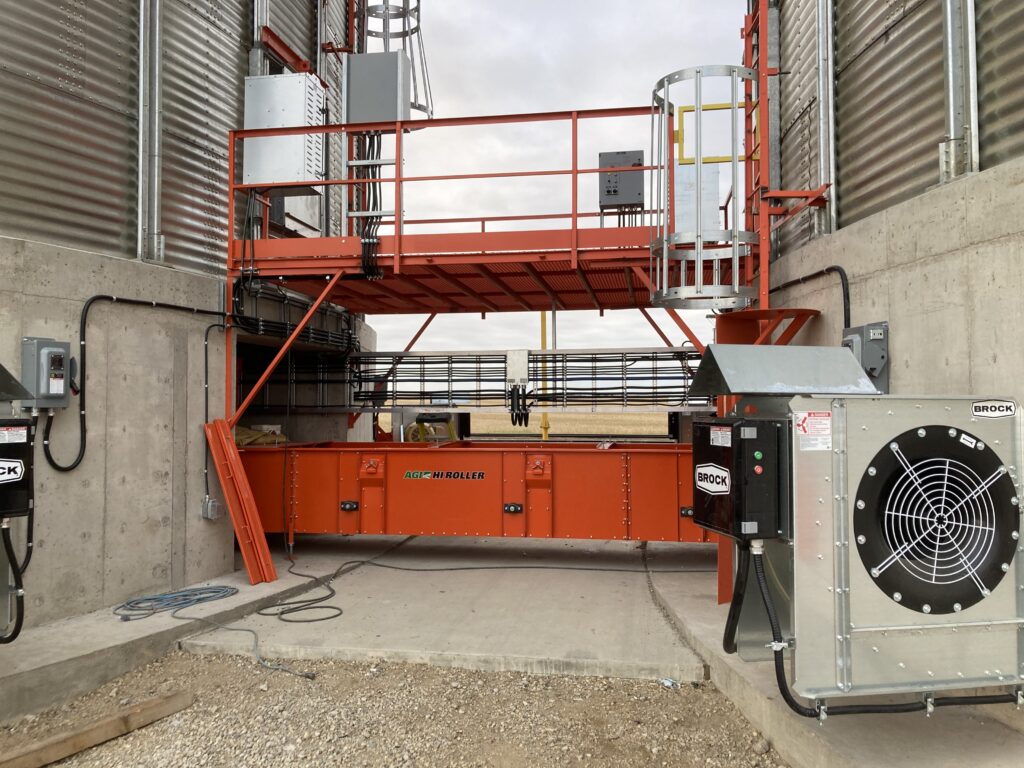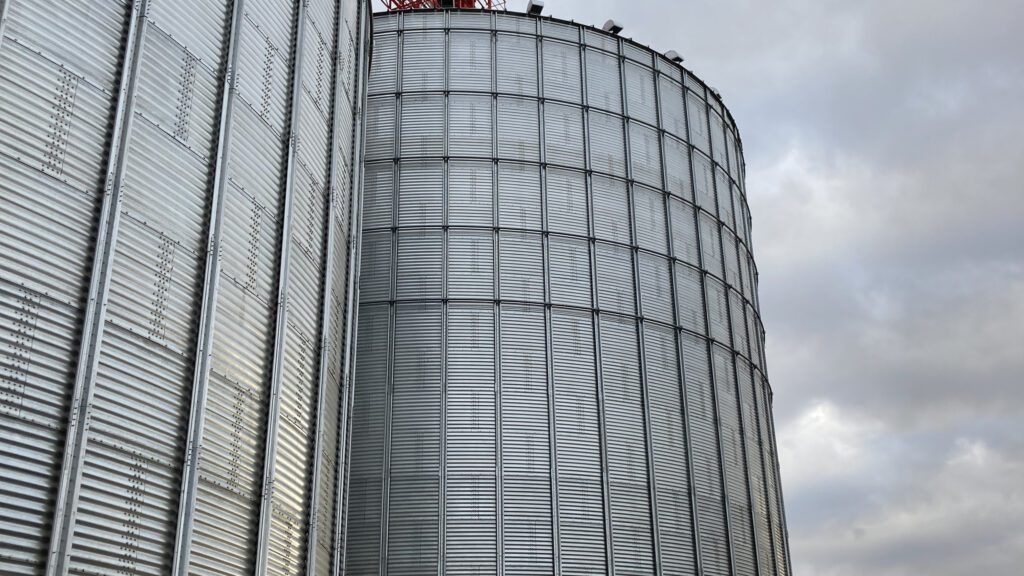Understanding the Importance of Type and Volume of Grain When Designing a Grain Handling System

When it comes to designing a grain handling system, one of the most crucial factors to consider is the type and volume of grain that will be handled. Different grains have unique physical properties, such as size, shape, and weight, which can significantly impact the design of the handling system. Additionally, the volume of grain to be handled will influence the size and capacity of the storage bins, conveyors, and elevators required for the handling system. In this article, we will explore the importance of understanding the type and volume of grain when designing a grain handling system.
[activedemand_form id='203214']
1. Grain Type

The type of grain being handled is a significant consideration when designing a handling system. Each grain has unique physical properties that can impact the selection of equipment and the layout of the system. For example, soybeans are smaller and heavier than corn, which means they require different types of equipment to move and process effectively. Understanding the physical properties of the grain is paramount and may require specialized equipment to prevent damaging the product.
2. Grain Volume

The volume of grain to be handled is another critical consideration when designing a handling system. The system must be designed to accommodate the maximum and minimum volumes of grain that will be handled to ensure that the system can handle fluctuations in supply and demand. Additionally, the volume of grain will influence the size and capacity of the storage bins, conveyors, and elevators required for the handling system.
3. Storage Requirements

The storage requirements for the grain being handled must also be taken into consideration when designing a handling system. Different grains have unique storage requirements, such as temperature and humidity, which can impact the design of the storage bins and ventilation systems. For example, corn requires high airflow rates to prevent spoilage, whereas wheat and barley require lower airflow rates to prevent moisture loss.
4. Equipment Selection

The type and volume of grain being handled will impact the selection of equipment required for the handling system. For example, a handling system designed for corn will require different types of equipment, such as conveyors and elevators, than a system designed for wheat or barley. Additionally, the volume of grain being handled will impact the capacity of the equipment required, such as the size of the storage bins and the capacity of the conveyors and elevators.
In conclusion, understanding the type and volume of grain being handled is essential when designing a grain handling system. By considering the unique physical properties of the grain, storage requirements, and equipment selection, you can design a handling system that is safe, efficient, and meets the specific needs of your operation. If you need assistance with designing and constructing a grain handling system, contact Flynn Bros Projects today. Our experienced team has the knowledge and expertise to help you design and construct a handling system that meets your unique needs and requirements.
Stay Connected with Us!
Follow us on our social media channels to get the latest updates, exclusive offers, and behind-the-scenes content. Join our community and be part of the conversation!
